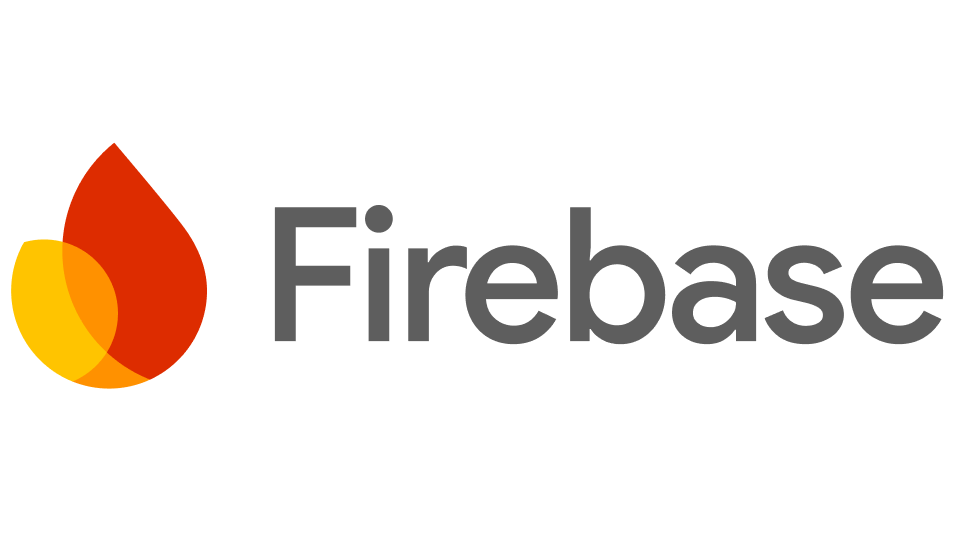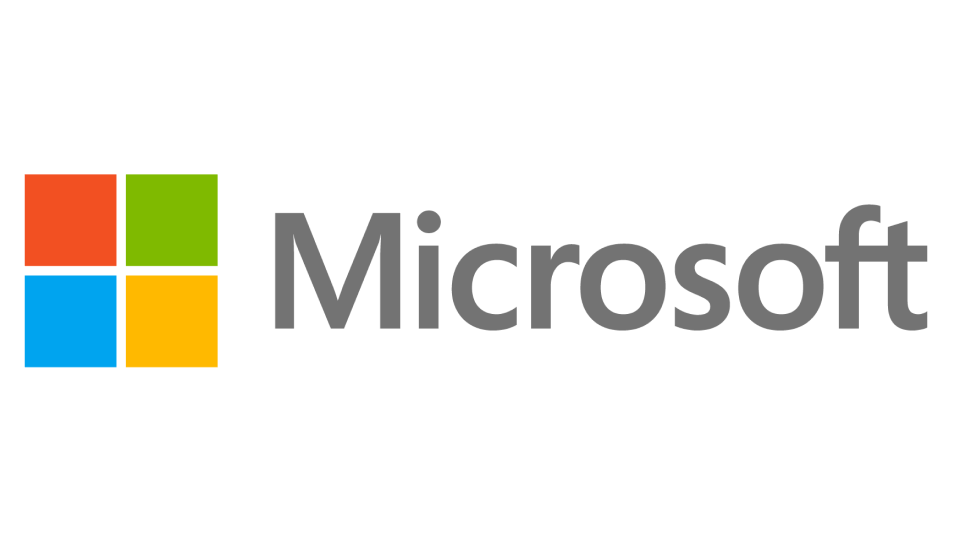Everything You Need to Know About Backend-as-a-Service Solutions (FAQs)
What Is A Backend-as-a-Service Solution?
When it comes to bringing a great app to life, the backend is where the heavy lifting comes in. This is the boilerplate work of managing user accounts, storing data and handling server-side logic. This process is crucial but can also be difficult and time consuming.
Backed-as-a-Service solutions are like a shortcut to bypass much of this headache, as these solutions give you all the tools and services you need to handle your app’s backend. This includes things like databases, cloud storage, user authentication, and even the nitty-gritty of server management.
Backend-as-a-Service (BaaS) is a cloud service model in which developers outsource all the behind-the-scenes aspects of a web or mobile application so that they only have to write and maintain the frontend. This means that developers can focus on the frontend of their applications and leverage backend services without building or maintaining them. For developers, especially those working in small teams or on tight schedules, BaaS can be a huge timesaver, as they enable you to focus on designing and improving the user experience of your app, rather than getting bogged down by backend details.
How Do Backend as a Service Solutions Work?
Backend-as-a-Service (BaaS) solutions work by providing developers with a fully managed backend infrastructure that includes essential services like databases, user authentication, file storage, push notifications, and real-time data handling. Through APIs and SDKs, BaaS providers enable developers to integrate these services directly into their applications, without needing to configure or maintain servers.
BaaS and serverless computing share some similarities, and many providers offer both, but the two models have several differences. Both simplify backend management, but BaaS provides pre-built backend services (like databases, authentication, and file storage), while serverless computing allows developers to write custom backend code that runs in a cloud-managed environment. In this case, the cloud provider automatically handles the scaling, deployment, and infrastructure for individual functions or microservices.
What Features Should You Look for When Choosing Backend as a Service Solutions?
Each BaaS solution will come with its own benefits and capabilities, so understanding your specific requirements will make it easier to narrow down your options. However, some core capabilities to look out for include:
- Database Management – This involves providing and maintaining a cloud-based database where applications can store, retrieve, and manipulate data. The BaaS handles database setup, scaling, backups, and security automatically. These databases support data modeling, offer advanced querying capabilities and ensure efficient data indexing, making it easier to manage complex apps without specialized database expertise.
- Push Notifications – These are messages sent directly to users’ devices (mobile or web) even when the app is not actively being used. Push notifications enable real-time communication with users, allowing for timely updates, reminders, or engagement prompts (e.g., promotions, alerts).
- API Management And Integration – Backend-as-a-Service Solutions automatically generate APIs for backend services, thereby reducing the need for writing code. API gateways manage requests and responses and support seamless integration with third-party services and external APIs.
- Real-Time Data Handling – BaaS enables real-time data streaming and synchronization across various devices, which is essential for functionalities like live chat, real-time notifications, and collaborative features.This ability to process and deliver data updates instantly allows apps to reflect changes as they occur (e.g., live chats, notifications, collaborative editing), ensuring a more dynamic and interactive user experience.
- Cloud Storage And File Management – These solutions offer scalable cloud storage for a wide range of files and multimedia content, which includes data encryption and backup solutions for security and availability, making it easy to share files.
- Scalability And Performance Management – Any Backend-as-a-Service Solutions you consider implementing should automatically scale backend resources in response to app demand – including load balancing and performance optimization features. This enables smooth app operation under varying workloads.
- Support And Documentation – For a Backend-as-a-Service solution this refers to the availability of technical help (customer support, community forums) and comprehensive guides, tutorials, and API references that can help developers to resolve issues more quickly, learn how to effectively use the platform, and implement best practices.
- User Authentication – This involves using built-in mechanisms for verifying user identities, typically through methods like email/password, social media logins, or multi-factor authentication.
- Security And Compliance – Robust security measures like SSL/TLS encryption and data privacy controls are important for protecting user data. BaaS providers also help to ensure compliance with various regulations, including GDPR and HIPAA, depending on regional and industry-specific requirements.













